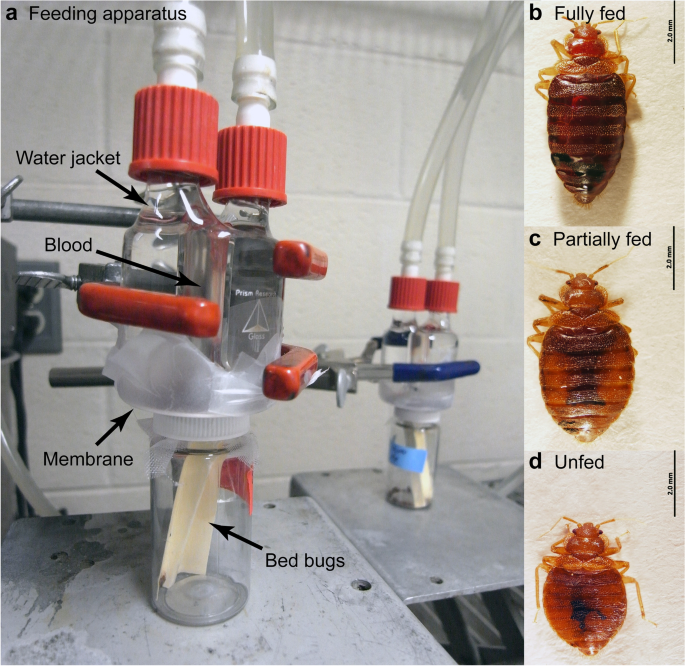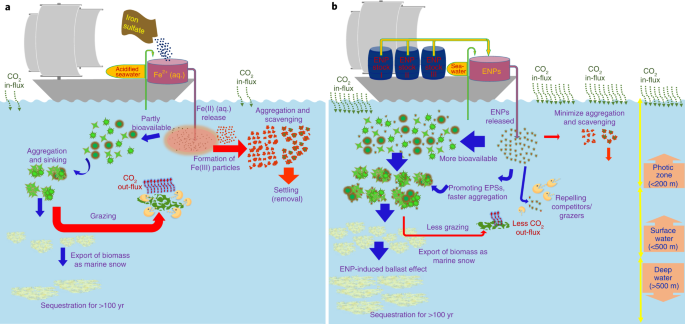4Dタイムラプスイメージングにより、昆虫が材料利用や構造強度について新しいアイデアを提供する(Insects offer new ideas on materials use, structure strength via 4D time-lapse imaging)
2022-11-29 パデュー大学
ミツバチの巣作りを革新的に見ることで、いずれは構造材料や建築業界向けの付加製造の新しいコンセプトにつながる技術が発見されました。Chawla氏によると、ハニカムセル間の接合部の一部は、より少ない材料で作られ、その結果、多孔質の接合部はスイスチーズのようになったとのことです。
4Dイメージングにより、ハニカム室がパネルで構築されていることが示されました。また、ミツバチはハニカム構造を強化するために、まず垂直の背骨を作り、次に六角形のセルを水平に並べるという、非常に手間のかかる作業を行っていることも分かりました。
Chawla氏の研究テーマは、4次元の材料科学です。トモグラフィーと呼ばれるこのアプローチは、非破壊的なX線を用いて、3次元の測定や分析に4次元としての時間を加えるものです。4次元のアプローチは、時間の経過とともに起こる変形や腐食など、構造の進化を調べる上で重要です。
<関連情報>
- https://www.purdue.edu/newsroom/releases/2022/Q4/purdue-research-buzzing-about-construction-lessons-taken-from-bees,-honeycombs.html
- https://onlinelibrary.wiley.com/doi/10.1002/adma.202202361
4次元X線顕微鏡によるミツバチの巣の構築機構の解明。 Unraveling the Mechanisms of the Apis mellifera Honeycomb Construction by 4D X-ray Microscopy
Rahul Franklin,Sridhar Niverty,Brock A. Harpur,Nikhilesh Chawla
First published: 02 September 2022 Advanced Materials https://doi.org/10.1002/adma.202202361

Abstract
Honeycomb is one of nature’s best engineered structures. Even though it has inspired several modern engineering structures, an understanding of the process by which the hexagonal cells are formed in 3D space is lacking. Previous studies on the structure of the honeycomb are based on either 2D microscopy or by direct visual observations. As a result, several critical features of its microstructure and the precise mechanisms of its growth are not well understood. Using 4D X-ray microscopy, this study shows how individual and groups of honeycomb cells are formed. Cells grow additively from a corrugated central spine in a dynamic manner. The previously undocumented, corrugated spine contributes significantly to the comb’s robust mechanical properties in all three dimensions. As cells grow, honey bees create a “coping,” which this study shows to be the location where new wax material is deposited behind where compaction and densification take place. This is exemplified by pores in the wax observed at the coping and alternating rear junctions between the comb cells that arise from the additive building technique and the highly efficient cell packing methodology, respectively. Additional mechanisms for growth and formation are discussed and described.



